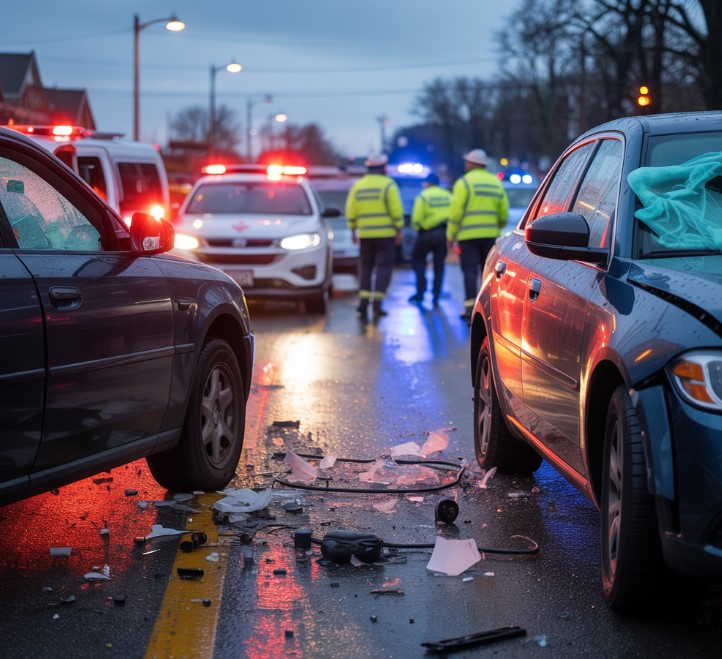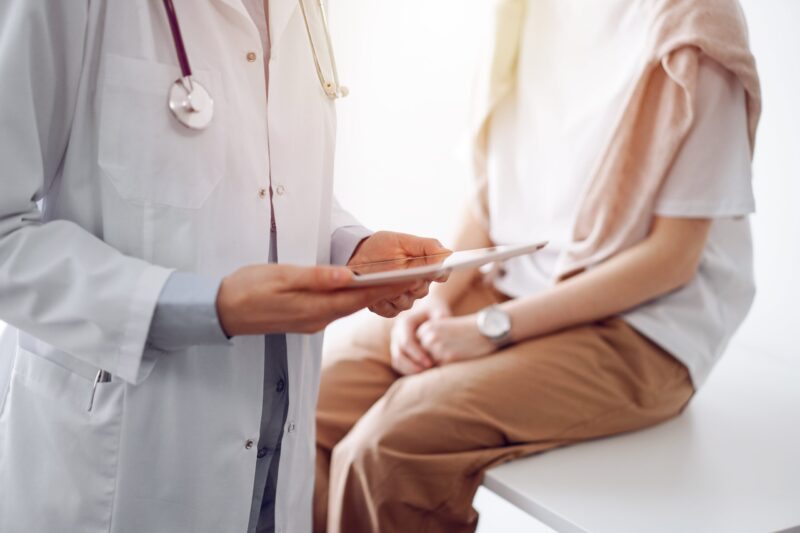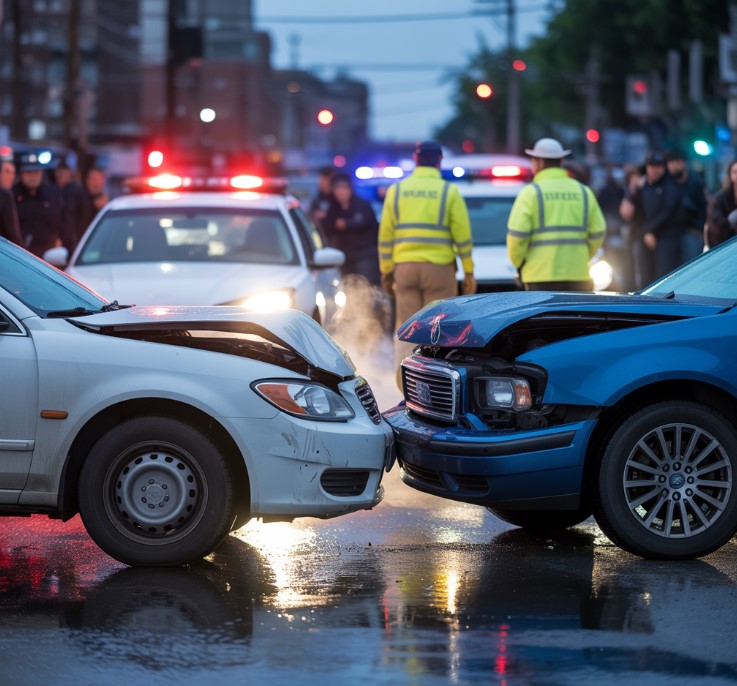Getting into a car accident is one of those moments where seconds matter and clarity disappears.
What you do right after the crash can shape how safely and smoothly things unfold later, from your medical recovery to insurance claims and potential legal action.
The immediate priorities are protecting yourself, getting help, documenting everything, and avoiding mistakes that could cost you. Here’s what to do step by step.
Step 1: Check for Injuries and Ensure Safety
Before anything else, check yourself and your passengers for injuries. Even a minor fender bender can cause whiplash or internal damage that is not immediately visible. If anyone is hurt, call emergency services right away. Do not try to move someone who appears seriously injured unless they are in immediate danger, such as from a fire or traffic hazard.
If the vehicle is in a dangerous spot, move it to the side of the road if possible. Turn on your hazard lights and, if safe, place warning triangles or flares to alert oncoming drivers. If the car cannot be moved, stay inside with your seatbelt fastened until help arrives.
Step 2: Call the Police

Even in a minor accident, calling the police is crucial. A police report creates an official record of the incident, which is vital for insurance claims and legal protection. When officers arrive, stick to the facts, not speculate about who was at fault. Request the officer’s name, badge number, and a copy or case number of the report for later reference.
If the accident happens in a private parking lot or on a ride-share trip, such as with Uber or Lyft, a report is still recommended. It ensures that liability is clearly established and that your statement is officially recorded.
Step 3: Gather Information and Evidence
Once it’s safe, start documenting everything. The more details you collect, the easier it will be to prove what happened.
Record the following:
- Driver and vehicle details: full name, phone number, license plate, insurance provider, and policy number.
- Accident location: street names, direction of travel, and any nearby landmarks.
- Witness information: names and contact details of anyone who saw the crash.
- Photos and videos: capture vehicle damage, road conditions, skid marks, and injuries. Include close-ups and wide shots.
Try to note environmental details too, weather, lighting, and traffic flow. These small elements can later support or contradict a driver’s account of events.
Step 4: Avoid Admitting Fault
In the stress of the moment, many people instinctively say “I’m sorry,” even if they are not at fault. Avoid doing this. Fault can only be determined after reviewing evidence, and premature statements might be used against you by insurance companies or other parties. Limit your discussion at the scene to what’s necessary, exchanging details and talking to the police.
If asked whether you are hurt, it’s okay to say you’re not sure. Some injuries take hours or days to appear, especially neck, back, or head trauma. Saying you feel fine can weaken your later medical claim if symptoms develop.
Step 5: Seek Medical Attention Immediately

Always see a doctor within 24 hours, even if you feel okay. Adrenaline can mask pain and injury symptoms. A professional evaluation documents your condition early, connecting any later medical issues directly to the accident. This record is essential for both insurance and legal purposes.
Keep copies of all medical records, prescriptions, and receipts. These can be used to calculate compensation for treatment, medication, and missed workdays.
Step 6: Notify Your Insurance Company
Report the accident to your insurer as soon as possible. Most companies offer mobile apps or 24-hour claims lines. Provide factual details and avoid speculation. If the other driver’s insurance company contacts you, it’s best not to give a recorded statement until you’ve spoken with your own insurer or an attorney.
Some states, like Florida, have strict deadlines for reporting and claiming benefits under personal injury protection (PIP). Missing them could reduce or eliminate your payout, even if you were not at fault.
Step 7: Understand Ride-Share and Commercial Vehicle Claims
If the crash involved an Uber, Lyft, or other commercial vehicle, additional layers of insurance apply. Coverage depends on whether the driver was logged into the app, waiting for a passenger, or on an active trip. For example, Uber maintains a $1 million liability policy while a ride is in progress, but may offer less coverage if the driver is simply waiting for a request.
In such cases, speaking with a specialized Florida Uberdent lawyer can be crucial. They understand how to navigate overlapping insurance policies and prove whether the driver’s commercial coverage applies. Legal representation can help you recover costs for medical bills, lost wages, and property damage more efficiently than handling them alone.
Step 8: Keep a Record of Everything
Create a single folder or digital archive for all accident-related documents. Include:
- The police report
- Photos and videos
- Medical evaluations
- Repair estimates and receipts
- Insurance correspondence
Organizing this material early makes it easier to respond to adjuster questions or provide evidence to your lawyer if needed. It also prevents small but costly errors, such as forgetting deadlines or misplacing receipts, that could weaken your case later.
Step 9: Monitor Your Health and Emotional Well-Being

Physical recovery is only part of the process. After an accident, people often experience delayed stress reactions: anxiety, sleep disruption, or flashbacks. These can interfere with concentration and work performance. If symptoms persist, consult a doctor or therapist. Documenting mental health effects is also valid evidence for compensation claims.
Step 10: Get Legal Guidance if There Are Complications
Even simple accidents can become complex when multiple insurers or injuries are involved. Consider consulting an attorney if:
- The police report is inaccurate or incomplete.
- You have severe or long-term injuries.
- The other driver is uninsured or underinsured.
- The insurer offers a low settlement or denies your claim.
An experienced attorney can review your documentation, communicate with adjusters, and negotiate fair compensation. In states like Florida, where laws differ on liability and ride-share coverage, professional legal advice can prevent you from settling for less than you deserve.
Step 11: Repair, Replace, and Reflect
Once the paperwork is done, focus on repairs and recovery. Choose a reputable mechanic and keep all estimates and receipts. If your car is totaled, your insurer will base the payout on fair market value, so research local listings for similar vehicles to confirm accuracy.
Finally, reflect on preventive steps. Check your insurance coverage limits, install a dashcam, and ensure your vehicle’s safety systems are functioning properly. Preparation can’t erase what happened, but it can make you more secure if the unexpected happens again.

